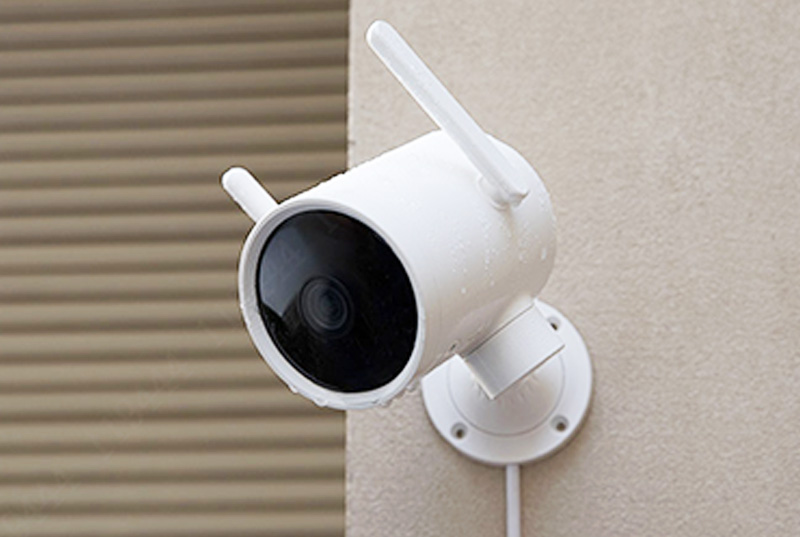“The more a lithium battery is discharged, the greater its wear,” says Tom Hartley, an electronic engineering professor at Eckron University who has worked with NASA on extending battery life. “The more you charge a battery to full capacity, the greater its wear as well. The optimal state for a lithium battery is in the middle range of its charge, which helps prolong its lifespan.”
Key Insights on Lithium Battery Lifespan:
Firstly, both high and low charge levels negatively affect the lifespan of lithium-ion batteries, and the number of charge cycles is a secondary factor. In fact, the “rechargeable cycle” number often indicated on batteries or electronic devices is typically based on discharging to 80%. Research shows that for lithium-ion batteries in laptops, if the voltage exceeds the standard by just 0.1 volts—for example, from 4.1V to 4.2V—the battery life is cut in half. Increasing the voltage by another 0.1V reduces the battery life to one-third of its original capacity. Furthermore, operating in a low charge or empty state increases resistance inside the battery, reducing its capacity over time. NASA, for instance, set the Hubble Space Telescope battery discharge limit to 10% of its total capacity to ensure it could withstand 100,000 charge cycles without replacement.
Secondly, temperature plays a significant role in the battery’s lifespan (this may be less of a concern for phones and other small devices). Extreme cold can cause a lithium battery to burn out when powering on, while excessive heat can significantly reduce its capacity. If a laptop is continually plugged into an external power source without removing the battery, the battery is subjected to the high heat generated by the laptop. The bigger issue arises when the battery remains at 100% charge for extended periods, which can rapidly degrade it.
Tips to Ensure the Longevity of Lithium-ion Batteries:
Most modern electronic devices now use lithium-ion batteries. Since their introduction in 1990, these batteries have rapidly evolved due to their excellent performance, becoming a key component in many devices. Lithium battery manufacturers have experienced significant growth as a result. Here are some key considerations to ensure the best battery life and capacity:
-
Avoid Charging to 100%: Lithium batteries don’t need to be fully charged. Whenever possible, keep the battery at around 50% charge to maximize lifespan. A smaller charge/discharge range results in less wear.
-
Examples in Practice:
-
The Chevy Volt electric vehicle is designed to keep its battery charge between 20% and 80%, which helps increase battery life.
-
Many laptops, including Apple’s, likely use a similar strategy to extend battery cycles.
-
-
Limit Constant Use on External Power: Do not keep your laptop plugged in continuously if possible. Even with good heat management, keeping the battery at 100% charge constantly can shorten its lifespan.

Practical Tips for Battery Maintenance:
-
For Laptops:
-
If you’re using external power for your laptop for extended periods, or if the battery charge exceeds 80%, remove the battery.
-
Avoid charging to 100%; stop at around 80%.
-
Adjust your operating system’s power settings to trigger a warning when the battery hits 20% or less, and charge it before it drops below this level.
-
-
For Phones & Small Devices:
-
Once fully charged, unplug the device from the charger immediately (including USB charging). Keeping it plugged in after it’s fully charged can harm the battery.
-
Charge frequently but don’t feel the need to fully charge the battery every time.
-
-
Never Let the Battery Fully Deplete:
-
Avoid letting the battery reach 0% in any device, whether it’s a laptop, phone, or other electronics.
-
-
For Travel:
-
Fully charge your battery if you’re traveling, but always aim to charge it periodically when possible. For battery longevity, don’t wait until the battery is completely drained.
-



